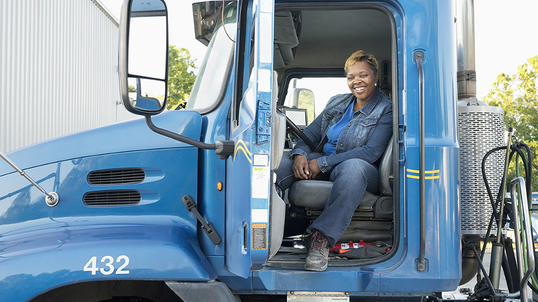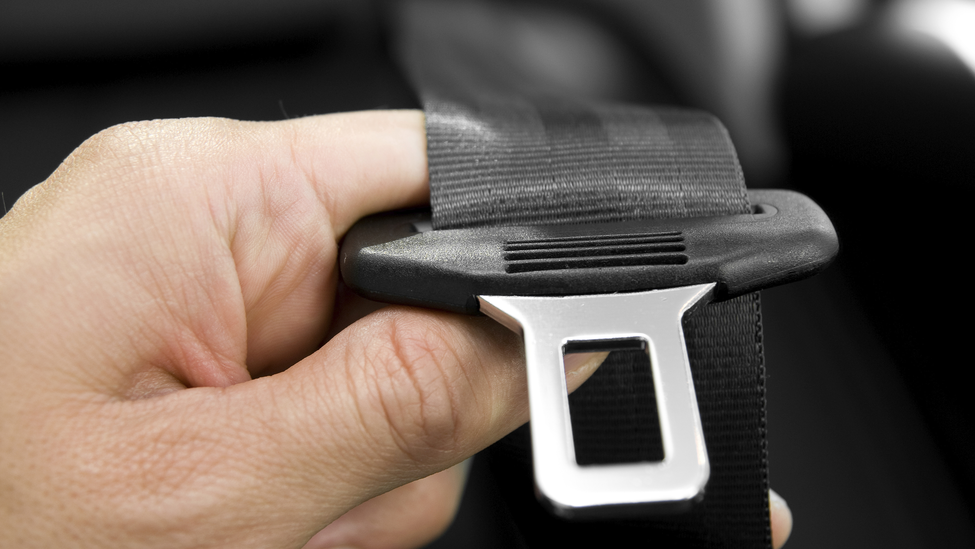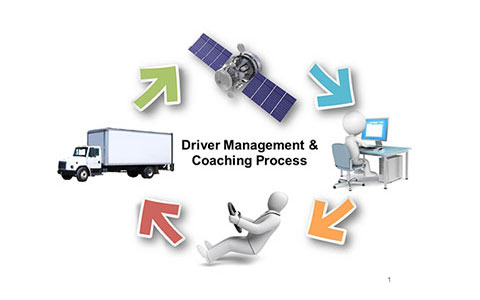Selecting and Hiring Safe Drivers


Maybe business prospects look good, so you are considering expanding your fleet. Or maybe a driver is retiring. Whatever the reason, if you are hiring a driver, there are good reasons to do your research and weigh this decision carefully. Selecting a driver is a decision that can have enormous consequences for your business. A thorough screening process can help ensure your new drivers contribute to your success by driving safely and providing quality service to your customers.
Considering the potential problems you could face if you hire the wrong person, the screening and selection process is no place to skimp. Here are key steps you can take to help make your process more effective:
Set high standards. An effective hiring process starts by creating formal criteria so all qualified applicants meet your standards plus Department of Transportation (DOT) requirements. Your criteria should include standards for minimum years of driving experience, maturity and a safe driving record. As a best practice, require at least two years of prior experience and a driving record with no serious moving violations or more than three minor moving violations or preventable accidents during the past three years.
Get an employment application. A completed employment application with detailed information about past employers and driving history can help give you the information you need to verify that an applicant meets your hiring standards. Pay special attention to employment gaps and any accidents or moving violations disclosed on the application.
Review motor vehicle records (MVRs). An MVR can help determine if an applicant has a record of moving violations or accidents. Drivers with multiple minor moving violations, serious preventable accidents or serious moving violations during the past three years may not be good candidates for a driving position. Obtain an MVR that provides at least a five-year history. Compare this information to the employment application and investigate any discrepancies.
Contact previous employers. DOT rules require motor carriers to contact previous employers to inquire about an applicant’s safety record and drug and alcohol testing history. Even when past employers are reluctant to respond, basic information like dates of employment, type of work performed and eligibility for re-employment can be helpful.
Review DOT safety performance. The Federal Motor Carrier Safety Administration’s Pre-Employment Screening Program (PSP) allows motor carriers to investigate the DOT safety performance of commercial truck and bus drivers. For a nominal fee, you can obtain a 3-year history of an applicant’s DOT inspection and violation history and a 5-year history of any DOT-recordable crashes. These records also include the employers for which the driver worked. For more information about obtaining PSP reports, go to: psp.fmcsa.dot.gov.
Interview. An interview offers the opportunity to get to know the applicant and to learn about his or her past driving experiences and safety record. Asking open-ended questions can encourage the applicant to talk freely. Consider having several people in your company involved in the interview process to get a balanced assessment.
Complete pre-employment drug testing. Drivers who operate vehicles that require a commercial driver’s license (CDL) must undergo DOT pre-employment drug testing. A confirmed negative test result is required before the driver can drive.
Conduct a road test. It’s easy to assume that someone with years of driving experience is a safe driver. But if this were true, only inexperienced drivers would have accidents. A road test can help provide insight into an applicant’s temperament and safety awareness behind the wheel. Establish a road test route that tests how the applicant handles a variety of driving situations.
Document. Keep all records relating to the driver screening and selection process. They can be used to create a complete picture of an applicant’s qualifications. It can also help you compare applicants more effectively. These records can help demonstrate that you have exercised care in screening and selecting qualified, safe drivers. Many of these records must also be kept in the driver’s DOT qualification or safety performance history files.
Doc#: LCT803




